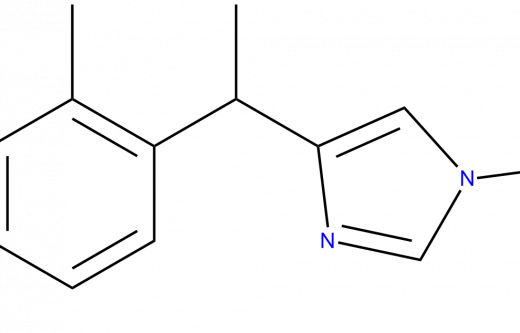Barnacles: Invited or Invader?
3. Fascinating facts about Barnacles: Gourmet food or a risk to marine biodiversity?
Barnacles are more than meets the eye. While they can be considered a prized delicacy, fetching as much as 150 euros per kilogram for gooseneck barnacles in Spain and Portugal, they also play an infamous role in one of the world’s growing biofouling challenges.
As non-native species, barnacles aren't always welcome, especially when they attach to ship hulls and contribute to the spread of invasive species—a global problem with serious consequences for marine ecosystems and biodiversity.
The Threat of Invasive Aquatic Species (IAS)
Invasive Aquatic Species (IAS) are like sneaky intruders that slip into ecosystems, outmuscling native species, disturbing the peace, and reshaping biodiversity. These unwelcome guests pose a worldwide menace to freshwater, coastal, and marine environments, causing economic damage in the hundreds of millions each year.
Often, they hitchhike unnoticed via ballast water or cling stubbornly to ship hulls through biofouling—over 50% of these invaders spread this way. Once they settle in, they become nearly impossible to evict from ecosystems.
Barnacles, those small yet determined crustaceans, often serve as accomplices in the spread of invasive species. They latch onto ships, thriving not only on the hull but also in hidden niche areas that are tough to clean and easy to miss. Once attached, they tag along for the vast journeys between ports.
Niche Areas: Barnacle Havens
Barnacles are notorious for settling not only on ship hulls but also in hidden, hard-to-access spaces known as niche areas. For example, box coolers and crevices on ships are prime spots for barnacles due to reduced water flow and confined spaces, which allow barnacle larvae to settle and form colonies.
These niche areas are perfect hiding spots for barnacles and other marine species, allowing them to evade routine cleaning efforts and hitch a ride to new ecosystems. As these stowaways settle in new regions, they contribute to the spread of invasive aquatic species, disrupting native habitats and causing irreparable damage.
The Cost of Invasive Aquatic Species
Invasive species can alter natural habitats, reduce biodiversity, and lead to the collapse of native populations. The spread of invasive species isn’t just an ecological problem—it’s also an economic one.
The research "Global Economic Costs of Aquatic Invasive Alien Species" estimates the global economic impact of aquatic invasive species (IAS) at $345 billion, which is likely an underestimate. In 2020 alone, IAS costs reached $23 billion, with 74% attributed to resource damages and only 6% to management. Recent exponential cost increases suggest that the economic burden will continue to grow.
According to the Marine Biofouling Report. For the shipping and industrial water systems, these invasions result in significant maintenance costs—sometimes upwards of $2 million per year—to manage fouling and keep infrastructure running smoothly.
A Sustainable Solution: Selektope
To combat this global problem, innovative antifouling solutions are required. Selektope is a unique antifouling technology which can be used in ultra-low concentrations in a coating system, where it temporarily sets barnacle larvae in swimming mode, making them unable to settle on coated surfaces. By keeping ship hulls free from barnacles and reducing the risk of transporting invasive species, Selektope plays a crucial role in keeping ecosystems healthy and sustainable.
By adopting sustainable antifouling practices like Selektope, we can appreciate the wonders of barnacles without letting them become silent invaders.
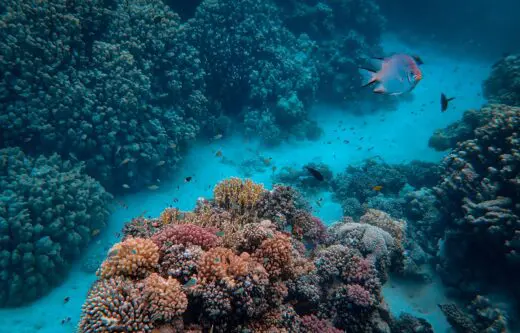
Related articles
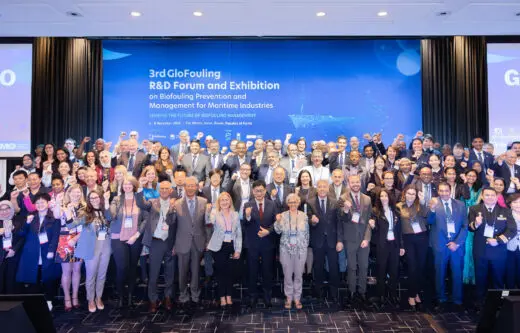
Innovative Solutions and Global Collaboration: Highlights from the 3rd GloFouling R&D Forum in Busan
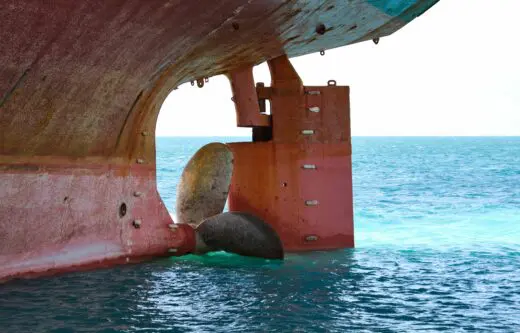
Exploring the Diversity and Resilience of Barnacles!
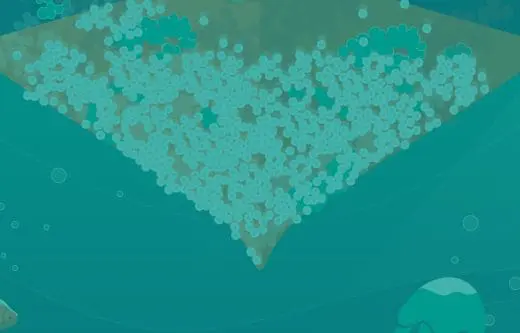
Fascinating facts about barnacles: how they attach to ship hulls?
